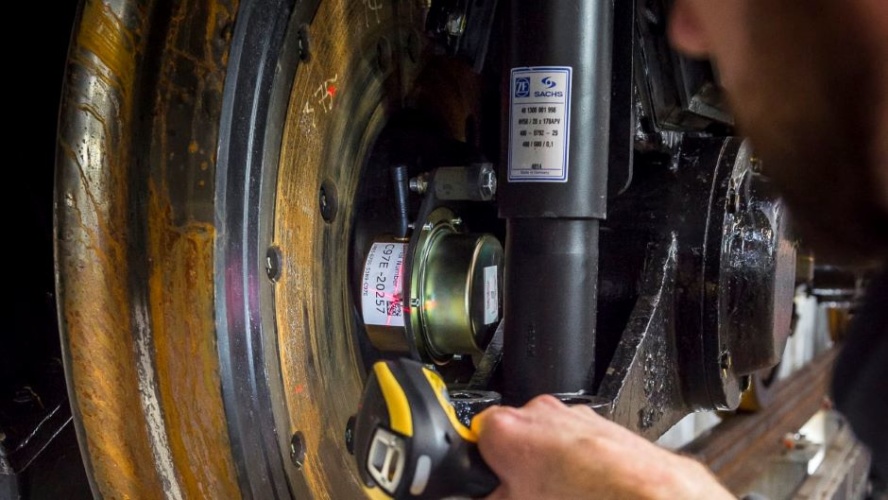Digital sensors to monitor and predict rail faults
Hitachi Rail and subsidiary Perpetuum are developing the first real-time digital solution to monitor - and eventually predict - sections of railway track that affect ride quality and require maintenance.

The monitoring equipment is currently installed on trains across Scotland’s networks including the North Clyde Line, The Borders, and Fife Circle. By fitting digital sensors to trains, the pilot – awarded by Network Rail - offers benefits that include reduced passenger disruption and improved safety; less risk to trackside workers; improved network performance; and further development of intelligent rail infrastructure.
Network Rail launched a half million-pound competition to develop and introduce new technology to improve track maintenance in the next control period (mid-2024). As part of this programme, it has agreed a contract with Perpetuum to expand its ride quality trial to Scotland. This development follows successful trials of Perpetuum’s ride quality monitoring technology with Network Rail on the West Coast main line in 2019.
Register now to continue reading
Thanks for visiting The Engineer. You’ve now reached your monthly limit of news stories. Register for free to unlock unlimited access to all of our news coverage, as well as premium content including opinion, in-depth features and special reports.
Benefits of registering
-
In-depth insights and coverage of key emerging trends
-
Unrestricted access to special reports throughout the year
-
Daily technology news delivered straight to your inbox










Water Sector Talent Exodus Could Cripple The Sector
My local water company is Severn Trent which has a market capitalisation of £8.2 billion, made a pre-tax profit of £200 million in 2024 and is paying...